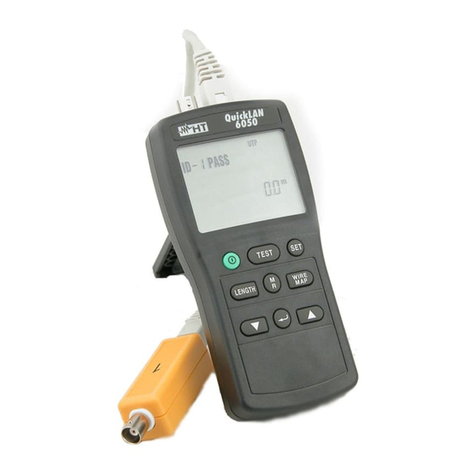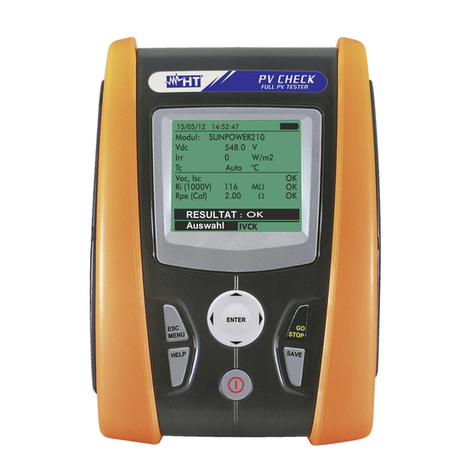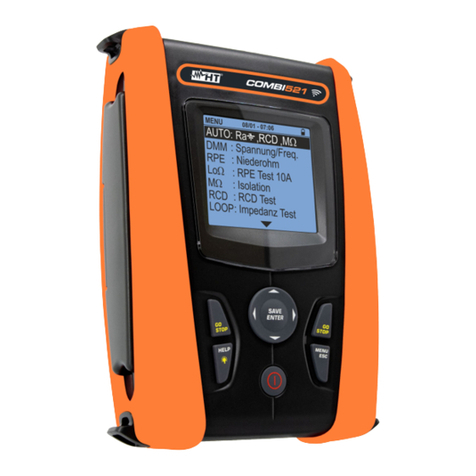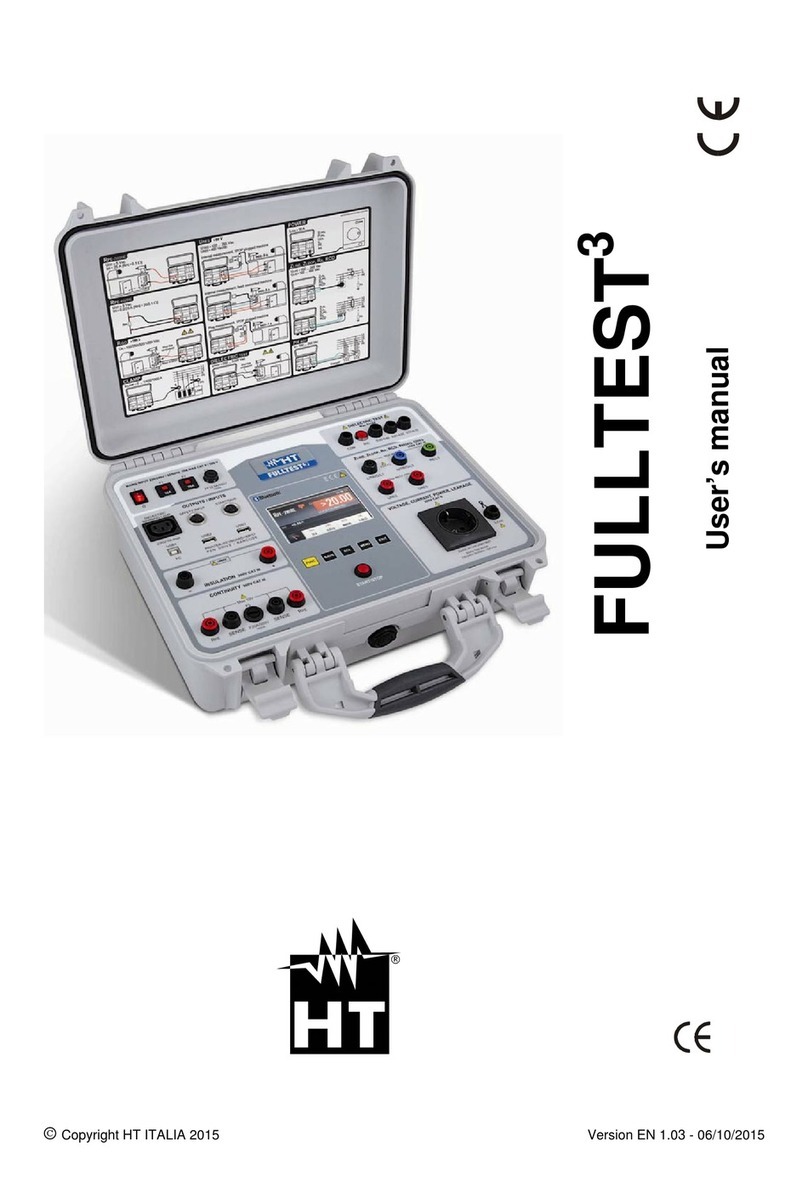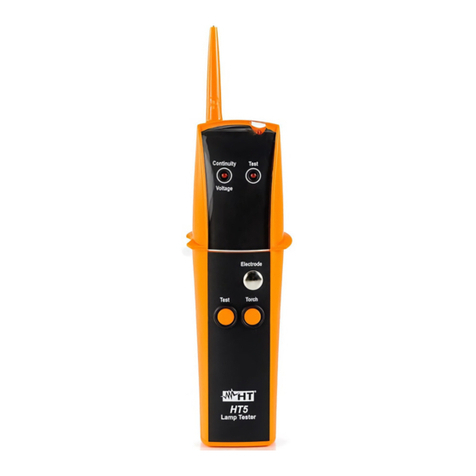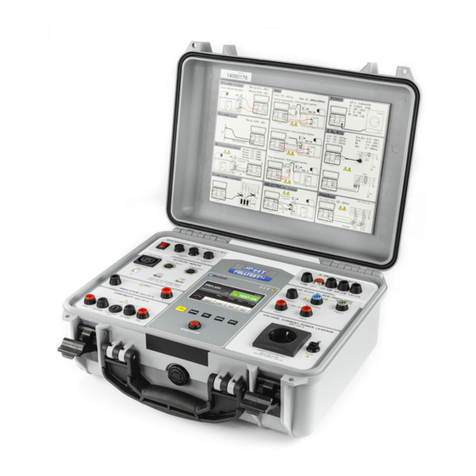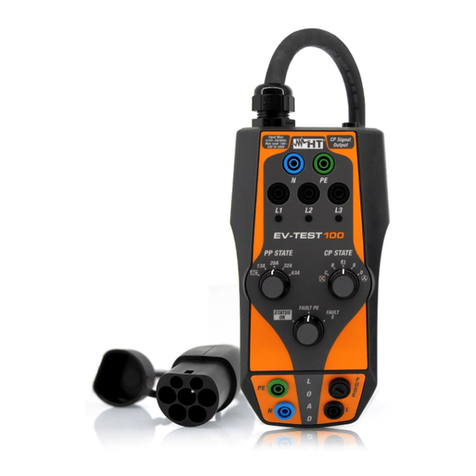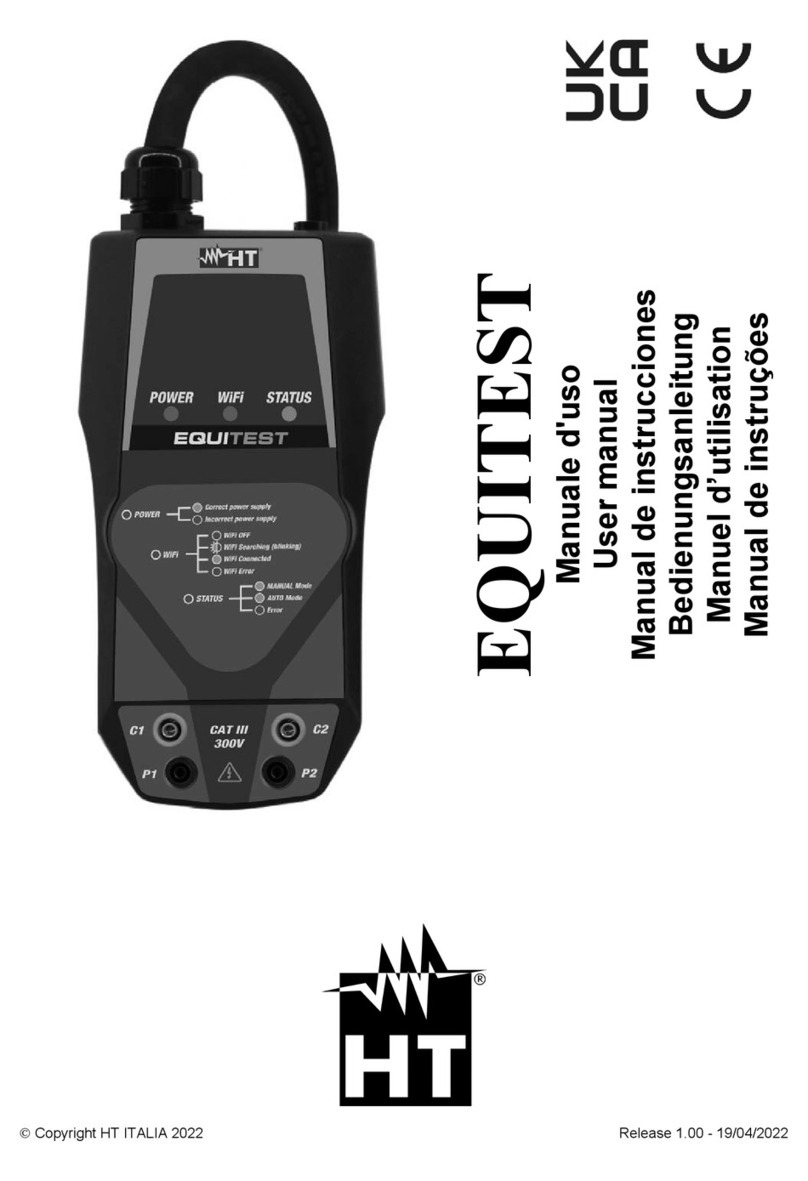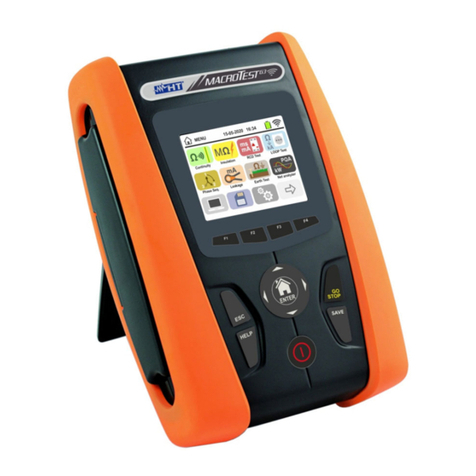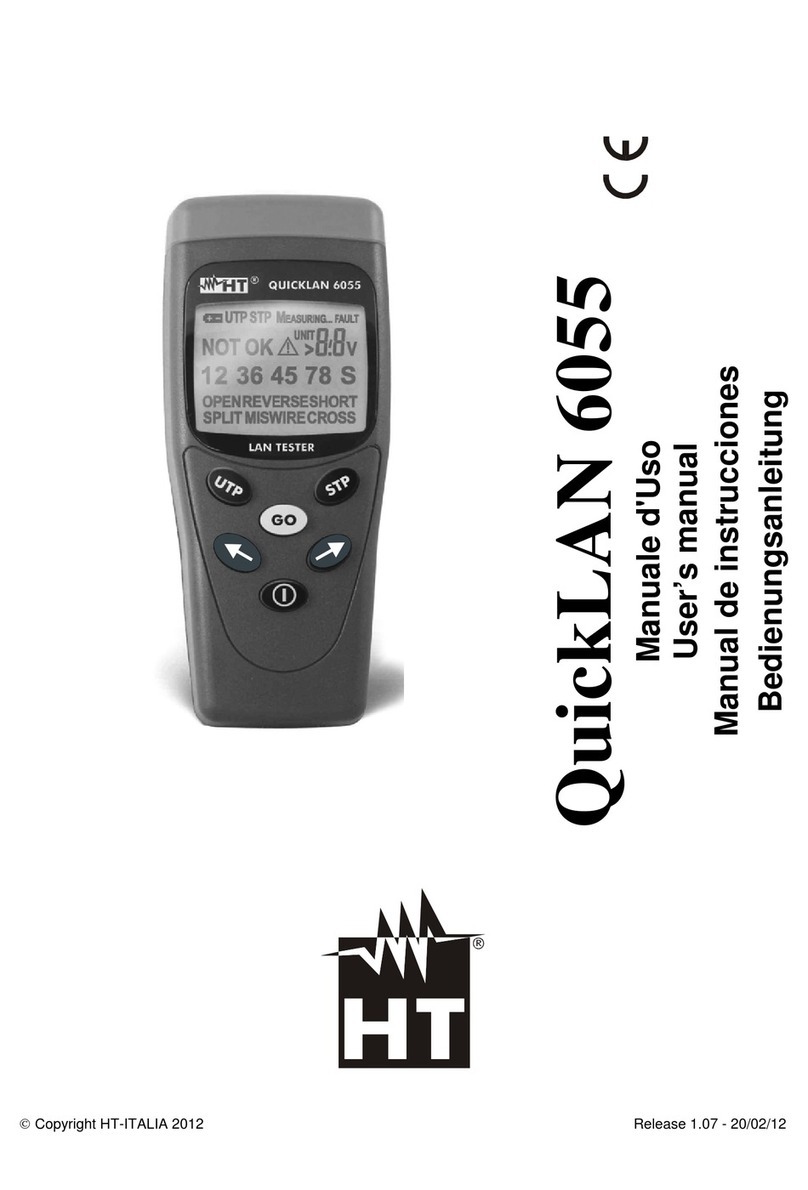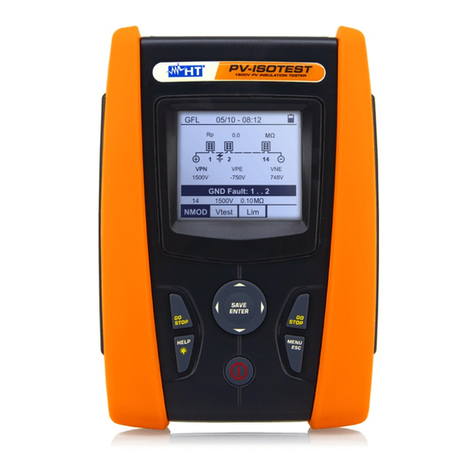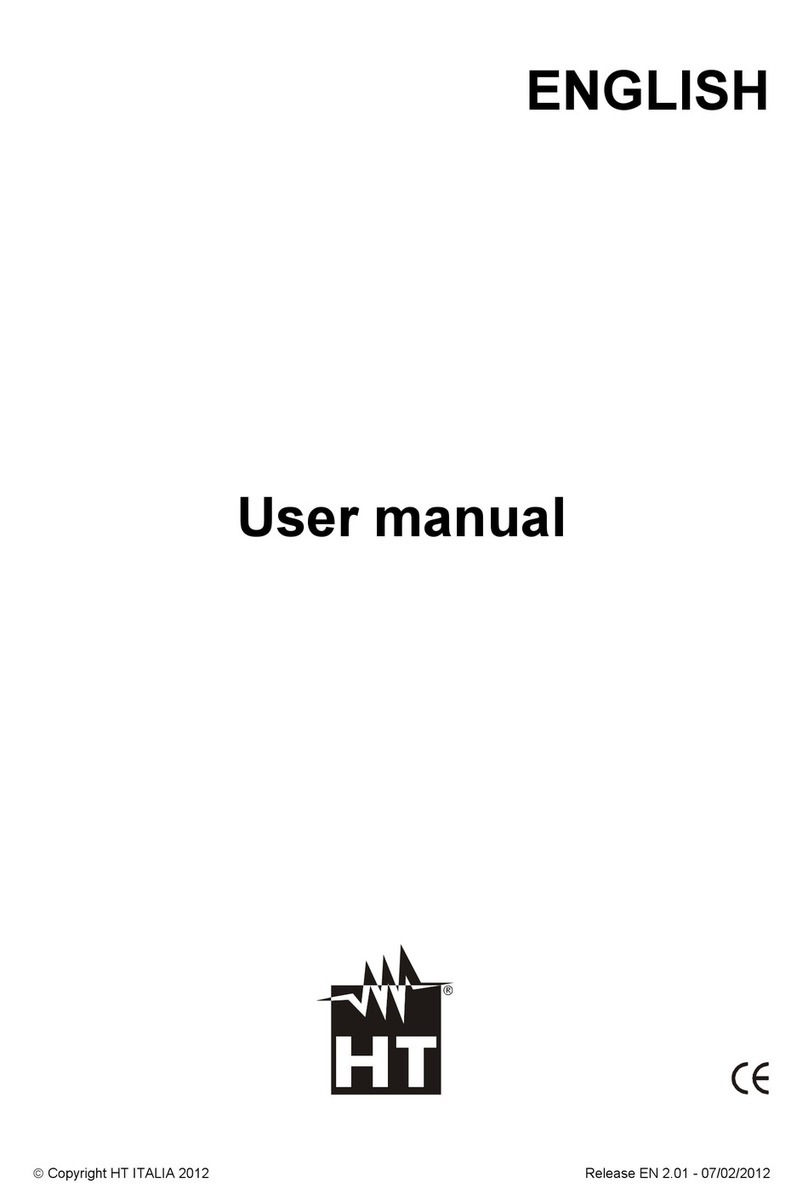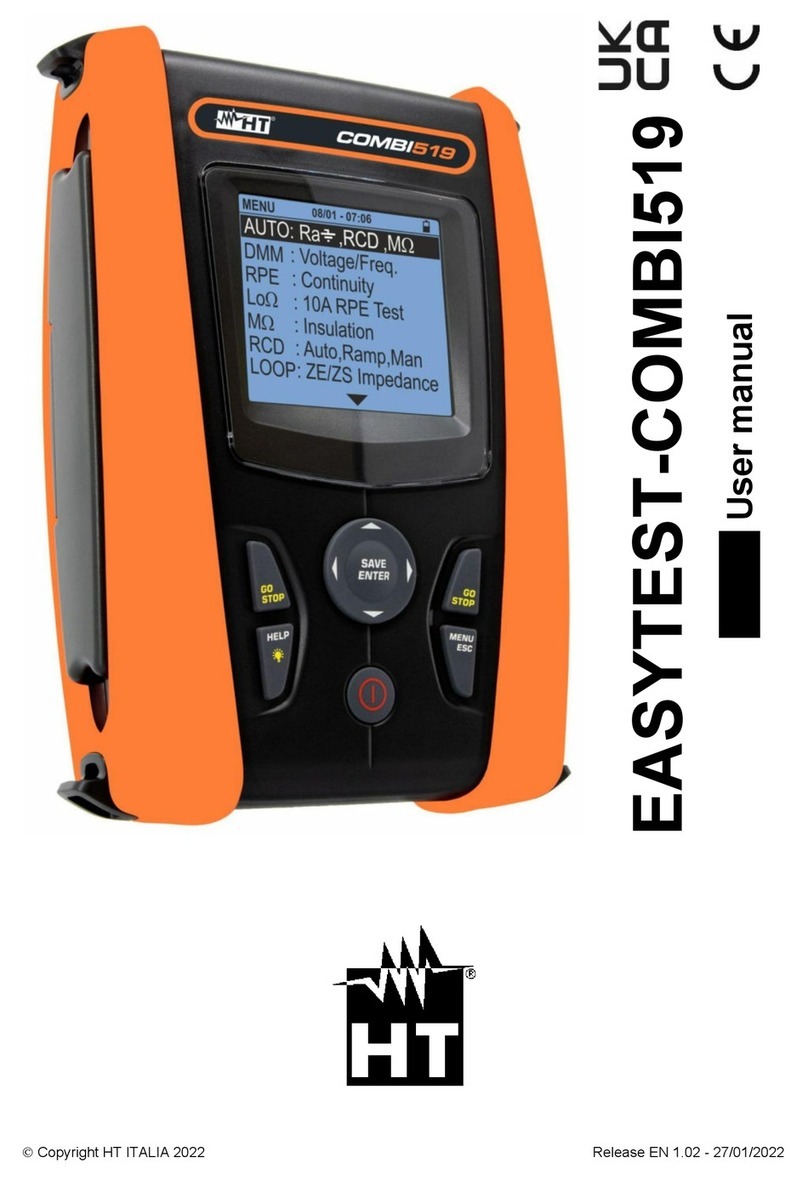
MPP300
EN - 1
Table of contents:
1.PRECAUTIONS AND SAFETY MEASURES ...............................................................2
1.1.Preliminary instructions..................................................................................................... 2
1.2.During use......................................................................................................................... 3
1.3.After use............................................................................................................................ 3
1.4.Definition of measurement (overvoltage) category............................................................ 3
2.GENERAL DESCRIPTION...........................................................................................4
2.1.Introduction........................................................................................................................ 4
2.2.Instrument functions.......................................................................................................... 4
3.PREPARATION FOR USE...........................................................................................5
3.1.Initial checks...................................................................................................................... 5
3.2.Instrument power supply................................................................................................... 5
3.3.Calibration......................................................................................................................... 5
3.4.Storage.............................................................................................................................. 5
4.OVERVIEW ..................................................................................................................6
4.1.Instrument description....................................................................................................... 6
4.2.Description of the indication LEDs .................................................................................... 6
4.3.MASTER instrument.......................................................................................................... 6
4.3.1.Displaying the status of MPP300 by means of MASTER instruments of Type 1.................... 7
4.3.2.Displaying the status of MPP300 by means of MASTER instruments of Type 2.................... 7
5.SETTINGS ON MASTER INSTRUMENTS...................................................................8
5.1.MASTER instruments OF type 1 - Remote unit settings.................................................. 8
5.2.MASTER instruments OF type 2 – Remote unit settings.................................................. 8
6.OPERATING INSTRUCTIONS.....................................................................................9
6.1.PV system testing for instruments of Type 1 (SOLAR I-V)................................................ 9
6.1.1.TestingofPVsystemswithsingle/multi-MPPTinverter-single/three-phaseACoutput.......................... 9
6.2.PV system testing for instruments of Type 1 (SOLAR 300N).......................................... 15
6.2.1.TestingofPVsystemswithsingle/multi-MPPTinverter-single/three-phaseACoutput........................ 15
7.MAINTENANCE..........................................................................................................21
7.1.General information......................................................................................................... 21
7.2.Status of the internal rechargeable batteries................................................................... 21
7.3.Cleaning the instrument .................................................................................................. 21
7.4.End of life ........................................................................................................................ 21
8.TECHNICAL SPECIFICATIONS.................................................................................22
8.1.Technical specifications for test on PV systems ............................................................. 22
8.2.Reference standards....................................................................................................... 23
8.3.General characteristics.................................................................................................... 23
8.4.Environmental conditions for use.................................................................................... 23
8.5.Accessories..................................................................................................................... 23
9.APPENDIX – THEORETICAL OUTLINE....................................................................24
9.1.Testing photovoltaic systems.......................................................................................... 24
9.2.NOTES on MPPT (Maximum Power Point Tracker)........................................................ 25
10.SERVICE....................................................................................................................26
10.1.Warranty conditions......................................................................................................... 26
10.2.Service ............................................................................................................................ 26













